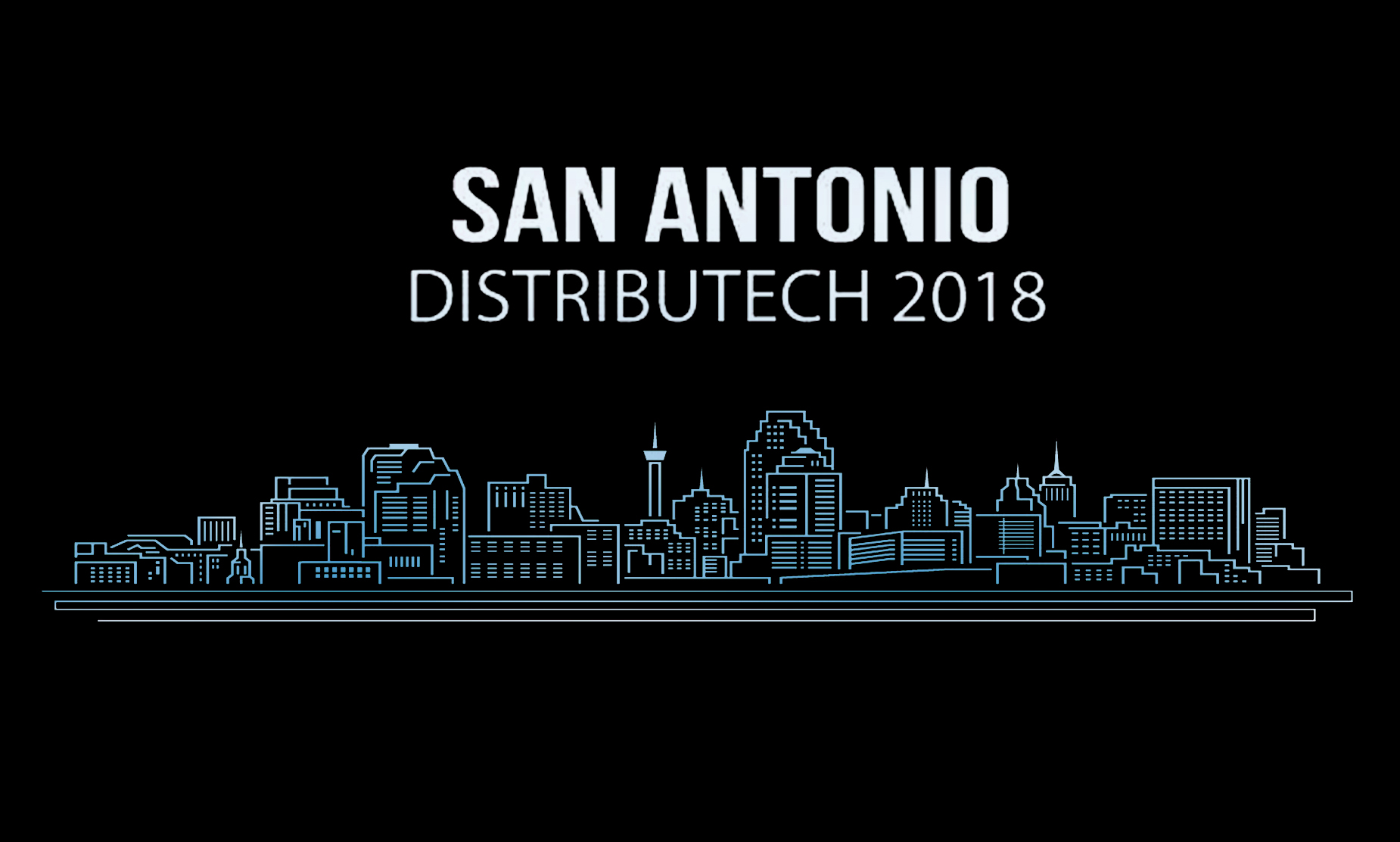SBS will be at the DistribuTECH 2018 Utility Conference & Exhibition this year in San Antonio. Please join us at the Autodesk booth, #1471, where we will be showing the latest in integrated design solutions for utilities. On display will be the SBS Substation Design Suite™, the world’s leading 3D substation design software and Automated Utility Design™, the integrated utility distribution design software based on AutoCAD. SBS will also be demonstrating integrated workflows based on the Utility DataHub™ suite of software products.
Category: SBS Blog
-

Experiences Using Semi-Agile Delivery for AUD Implementation
Experiences Using Semi-Agile Delivery for AUD Implementation
Our recent Peer Utility Group (PUG) meeting, hosted by Puget Sound Energy in Bellevue, Washington, was a great opportunity to learn what leading utilities are doing to integrate Automated Utility Design™ (AUD) with GIS and enterprise information systems. While much of the discussion was on systems integration and workflows, we also had an opportunity to review different delivery approaches. In particular, Louisville Gas and Electric (LGE) spent some time detailing their experience with the SBS Semi-Agile approach for delivering an integrated electric and gas utility design solution based on AUD and SBS’ Utility DataHub™ (UDH).
LGE was in an interesting position with their AUD project. The work originally started as a traditional “Waterfall” project, following the Define | Construct | Adopt approach as shown in the diagram below.

The delivery team spent the early part of the project identifying job types and business needs as part of the requirements process. The team spent many months documenting the “As-Is” state, defining current workflows and systems and aligning the business priorities. Extensive exercises were then conducted to define and establish the “To-Be” functional requirements for configuration. This is where things got particularly difficult. LGE was building a new system, yet they had not had a chance to get “hands-on” exposure with the proposed technology platforms. This is a quintessential “Catch-22” with waterfall development; you need to define the “To Be” yet have no experience with how the underlying technology works. Waterfall would say “define what the business needs independent of the software”, but that is not a realistic approach as it often leads to extensive customization, which is discouraged by management – another Catch-22!
As a result, LGE quickly found they had to deal with an extensive amount of project management time – over 75% more than their other projects. They also had to deal with limited flexibility for change. As the project moved on, more and more time was spent creating documentation, in hopes they would not leave anything out. In true waterfall fashion, here is a screen shot that “documents their documentation process”:

Then, during the middle of the implementation, a big change happened. Autodesk announced their strategic relationship with SBS and the contract was transferred to the SBS delivery team. SBS and LGE agreed to shift to a Semi-Agile, iterative delivery approach that is more consistent with the preferred SBS delivery methodology. The differences were instantly obvious:
- Requirements were now delivered in “pieces”
- Plans and tasks were simplified and consequently much easier to follow
- Documentation sign-offs were significantly reduced
- Requirements became living documents
One of the more effective changes was the use of SBS SMART Tools. Based on Google Docs, the tools facilitated collaboration and teamwork and allowed a much more rapid convergence of requirements.
Prior to the change to Semi-Agile, the team was looking at a potential project slip. As a result of the change, LGE was able to move up the Go-Live schedule by several months. This allowed them to train the trainers, then train all their users, while saving 4 months of project labor.
Our experience with Semi-Agile is that it is a great methodology for fast evolving, highly visual and/or technical projects. Some of the topics involved with design require an in-depth discussion just to understand the basics, but actually putting your hands on a mostly-configured prototype eliminates much of the interpretation. When a Designer or Subject Matter Expert can look at and use a system, theory and reality intertwine, which fosters easier discussions and clearer understanding.
Due to the need to visually interact with the ongoing development direction, Semi-Agile Delivery can really help for CAD and GIS-based integration projects. We are now beginning to supplement our Semi-Agile approach with the SBS eLearning platform to bring users up to speed on AUD at whatever point in their process they deemed it most appropriate and valuable.
We would enjoy hearing from you. Please let us know how the Semi-Agile project approach has helped your delivery!
-
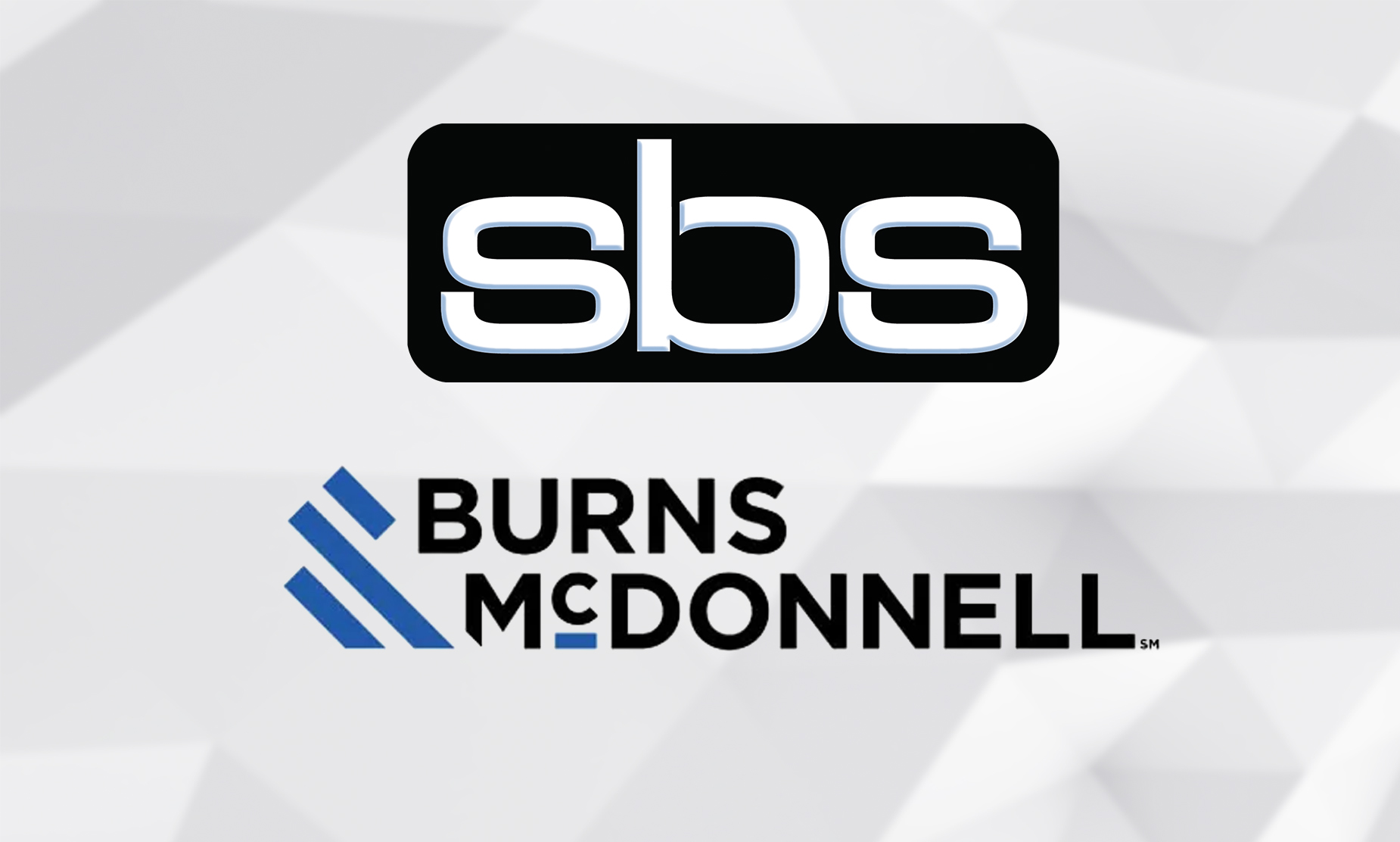
SBS and Burns & McDonnell Announce Partnership
Spatial Business Systems (SBS) and Burns & McDonnell are partnering to elevate the successful execution of 2D to 3D transitions of our clients.
SBS will continue to deliver world class utility solutions while Burns & McDonnell will provide utility-specific project execution, providing our clients a single partnership solutions for projects, saving time and increasing collaboration.
-
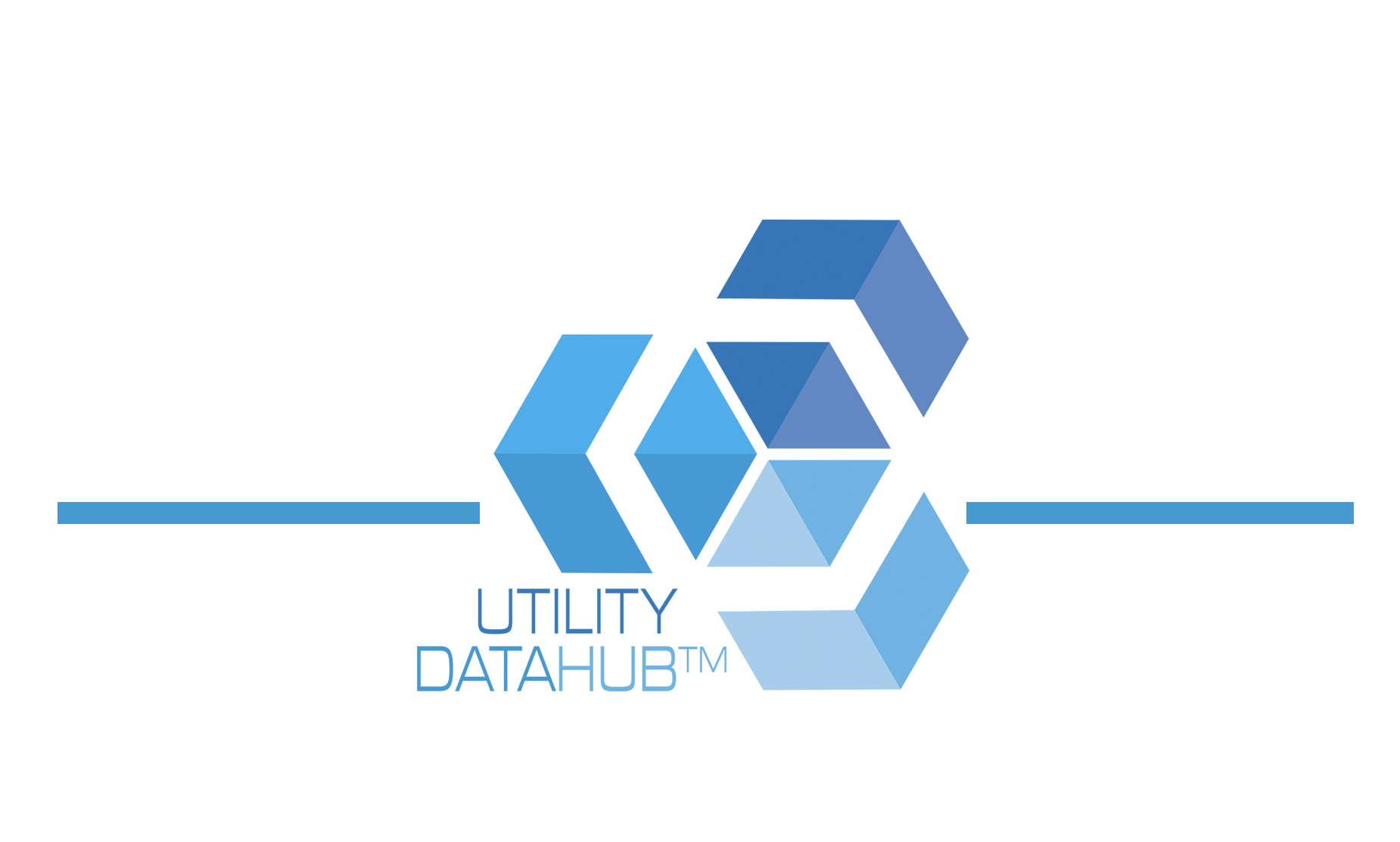
SBS Announces Product Support for Autodesk Vault
Automated Utility Design™ and Substation Design Suite™ now provide support for Autodesk Vault as a data management repository.
October 10, 2017
San Diego, CA – Spatial Business Systems (SBS) announced at the Substation Consortium, held at San Diego Gas & Electric, that Automated Utility Design™ (AUD) and Substation Design Suite™ (SDS) now provide support for Autodesk Vault as an underlying data management repository. The integration is provided via SBS Utility DataHub™ (UDH), a product-level integration software suite for utility data and workflow integration. (more…)
-
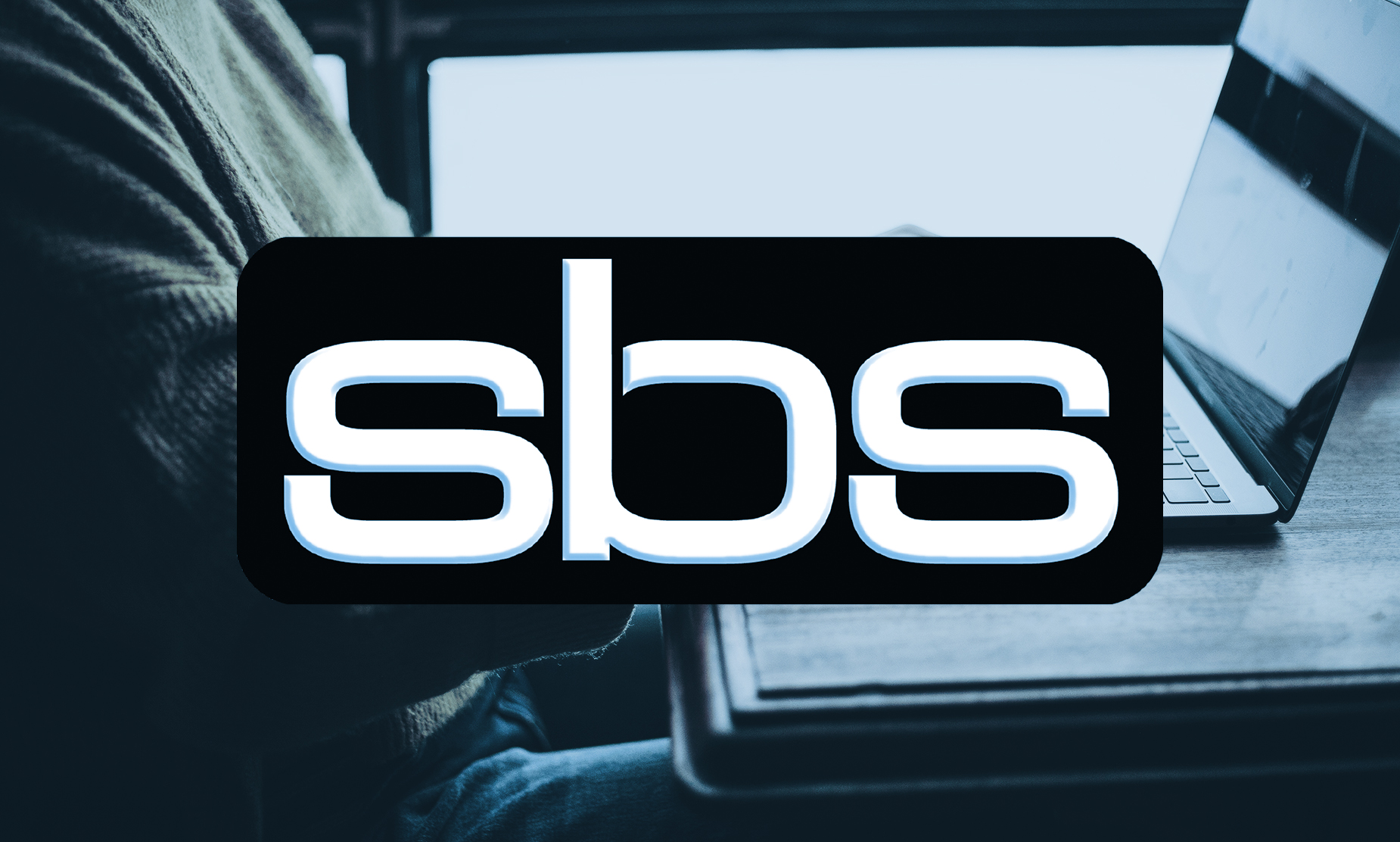
Achieving End User Adoption: Introducing the SBS eLearing Tools
International Data Corporation (IDC) published a study several years ago which detailed a link between the amount of training provided to the end user and the impression of product success. (more…)
-

Enterprise Asset Management Integration with AUD and the Utility DataHub™
Utility DataHub™ (UDH) from SBS supports the integration of Work and Asset Management systems in typical distribution utility workflows. The emphasis here will be on the design process and integration back to geographic information systems (GIS). (more…)
-

Release of AUD 7.1™ Available 1 June 2017
Spatial Business Systems (SBS) announces the release of Automated Utility Design™ (AUD) 7.1 available 1 June 2017.
AUD 7.1 is a plug-in available for both the AutoCAD Map 3D 2017 and AutoCAD Map 3D 2018 platforms.
AUD now has a new naming convention. Previous releases were based on calendar years. But starting with AUD 7.1, new releases of AUD will provide customers more flexibility as upgrades will no longer have a strict dependency on the underlying AutoCAD Map 3D platform version. New upgrades of AUD will be available for multiple versions of AutoCAD Map 3D, allowing customers to benefit from improvements to AUD without requiring company-wide changes to their existing installed base of AutoCAD or AutoCAD Map 3D. (more…) -

Next Generation SPIDA®Calc Interface for AUD is Now Available
Enhanced module for Utility DataHub™ adds several new features
Spatial Business Systems (SBS), SPIDA®Software (SPIDA) and Nashville Electric Service (NES) have recently completed a teaming effort to enhance the Automated Utility Design™ (AUD) SPIDA®Calc interface. By working collaboratively with NES, the existing interface has been enhanced to reduce complexity while adding several new features to improve the operational and technical viability. (more…)
-
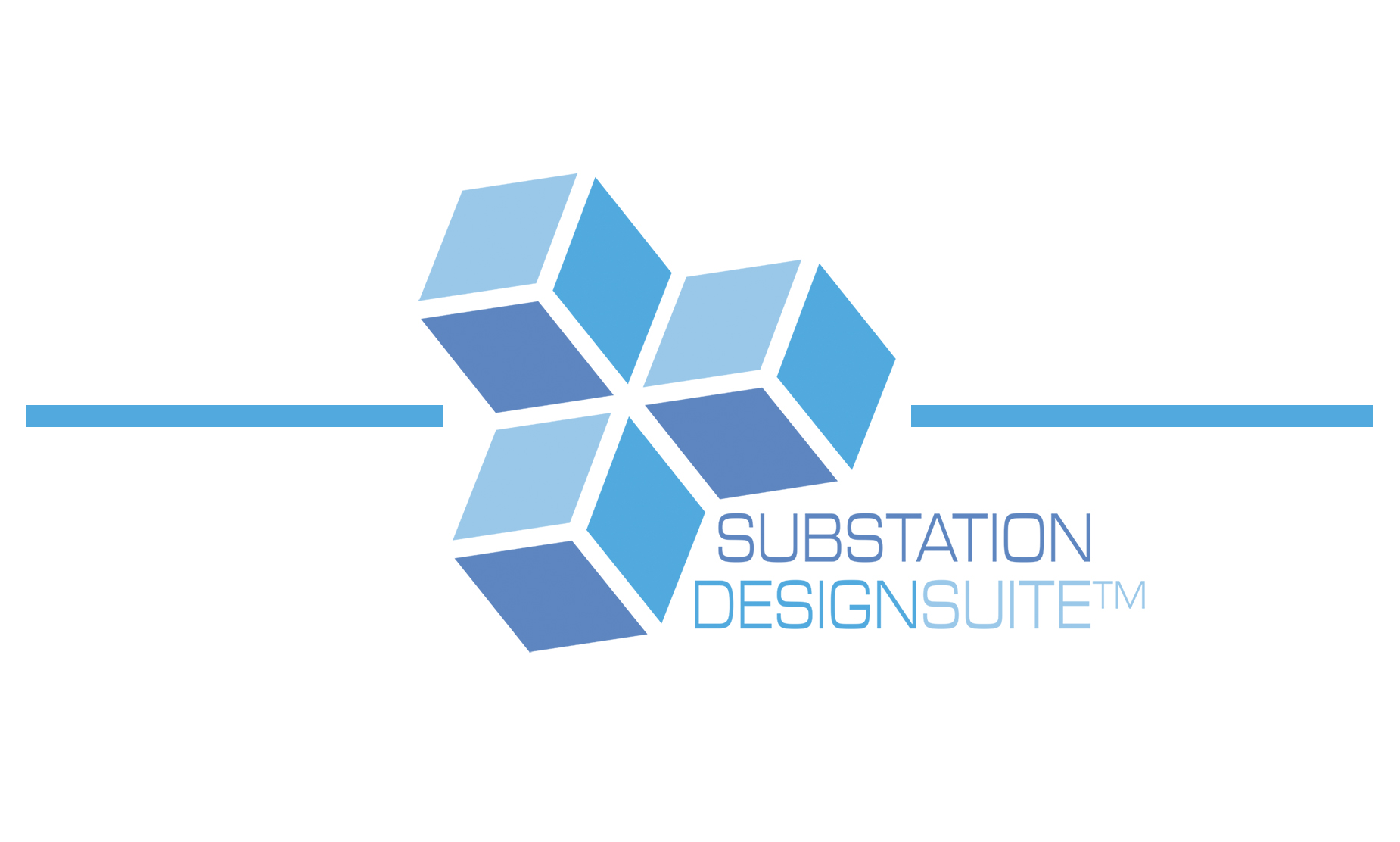
The Value of Substation Design Suite™
Challenges in Substation Design CAD Work
Substations are the points in the power network where transmission lines and distribution feeders are connected together through circuit breakers or switches via busbars and transformers. This allows for the control of power flows in the network and general switching operations for maintenance purposes. (more…) -

Integrated Substation Design with the Utility DataHub™
Consolidating Physical and Electrical Substation Design into Single Environment
Introduction
Several months ago, we announced our roadmap for the Substation Design Suite™ (SDS) software. Our goal is to lead the substation design market by enabling “Agile Collaboration for Substation Design and Engineering”. Within this goal, we have four major themes: (more…)
